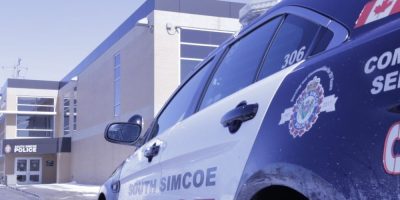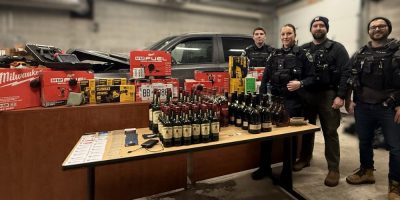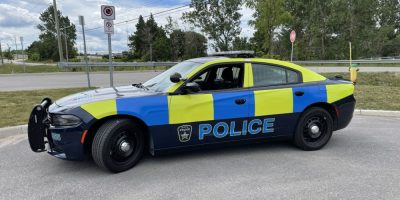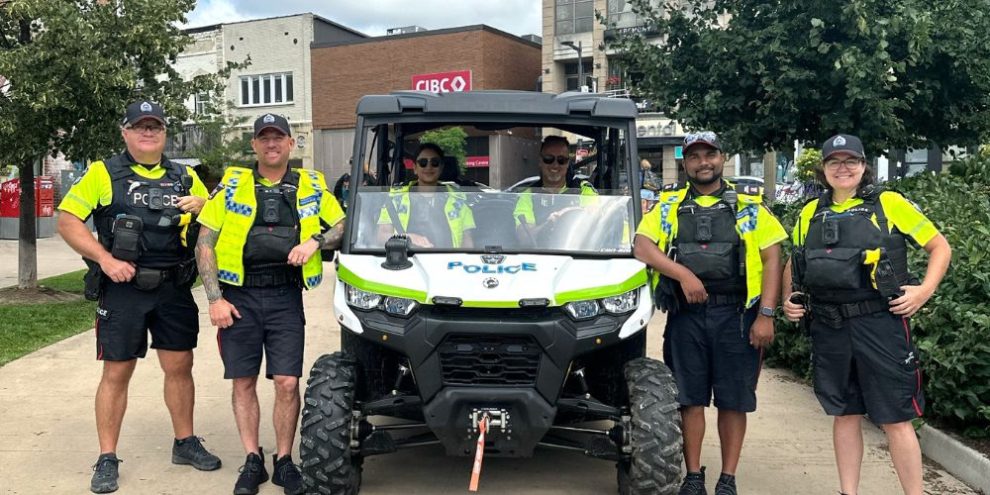
Barrie's downtown was ground zero for a police pilot project between May and September to address issues about crime and the public's perception of safety in the core.
The results of the project were recently presented to the police services board.
Staff Sgt. Angie Butler, a member of the local community safety and well-being team, told the meeting the downtown strategy was different from previous models.
"The focus of the strategy was to create a safe and welcoming environment which was conducive to social, economic and a cultural vibrancy of the downtown and the surrounding areas. Throughout, we captured data that can be used to inform evidence-based decision-making in the future. Ultimately, this leads to more effective and targeted strategies that address the needs of the community in a meaningful way."
Butler explained that to determine the strategy's focus, the police service looked at aspects of the 2023 community survey about the downtown area, and included parks, beaches, and waterfront trails.
She said that 48 per cent of the survey respondents reported they felt unsafe downtown during the day.
The respondents also chose their top five safety concerns downtown:
- Substance abuse (51.8 %)
- Disorderly conduct: e.g. public intoxication, noise violations (11.15%)
- Panhandling (4.34%)
- Physical assault (3.00%)
- Gang activity (1.57%)
According to Butler, 39 per cent of respondents to the 2023 survey said they believed an increased officer presence, patrol, and enforcement would help improve safety downtown.
"There is a clear, collective request for an increased police presence, enhanced safety measures, and a great sense of security in these vital areas of our community," Butler said. "At its core, this initiative is driven by the fundamental principle that everyone deserves to feel safe and secure in their surroundings."
To respond to a request for increased police visibility, Butler said two additional sworn officers were added to supplement the downtown.
"Our focus was high visibility, engaging with members of the public, education about social service resources and enforcement of criminal activity."
Butler said officers' engagement with members of the community was positively received. She noted that conversations with downtown business members and groups unique to downtown strengthened support for the strategy.
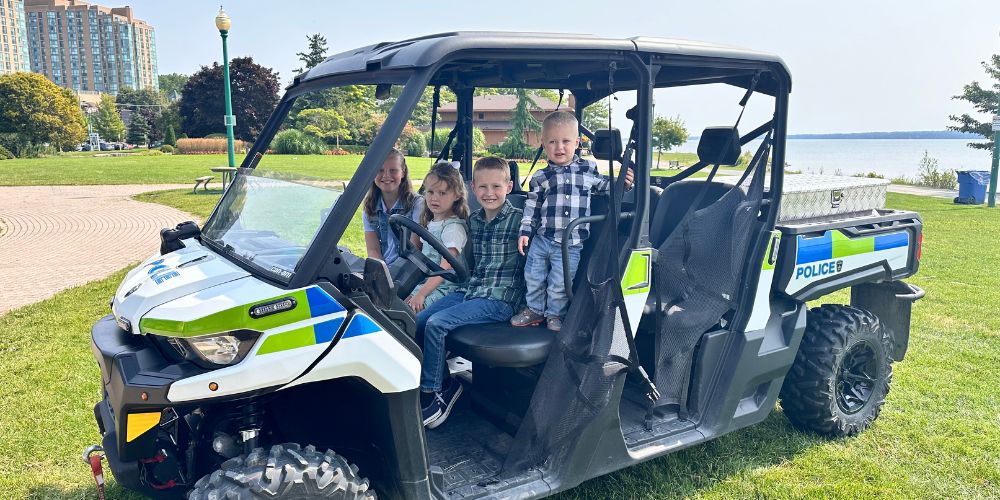
"Social service resource cards were supplied to officers for distribution to community members and apps were added to their mobile devices for quick access to the services," Butler explained. "Three special constables were partnered with police officers. They engaged with members of the public, supported our initiative, and were visible at events and festivals marketed towards downtown residents, guests and tourists."
Increased visibility was accomplished by police getting out of their cruisers and utilizing foot, bicycle, and utility task vehicle (UTV) patrols.
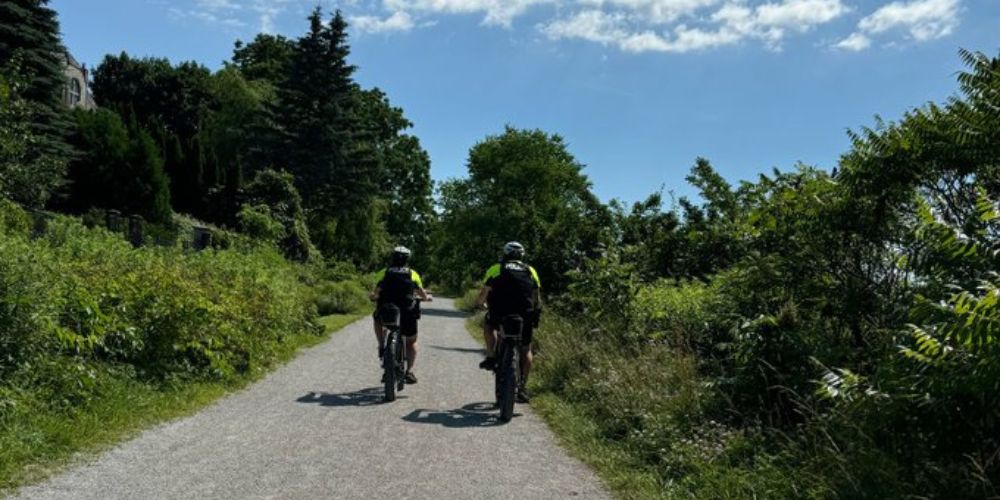
Business owners asked that officers be downtown and visible by 7 a.m. and into the evening hours to address social disorder and patrol.
Although an examination showed peak call times that differed from this request, Butler said officers' deployment times were set to two to four teams with coverage from 7 a.m. to 8 p.m.
"In June to September, a sworn officer partnered with a special constable downtown from 10 a.m. to 8 p.m. as an additional resource outside the traditional business week," Butler added.
The objective of the strategy, said Butler, was to increase the perception of safety downtown by being present, visible and engaging.
"These efforts helped to reduce overall harm and disorder. As we know from our community safety survey, people who do not visit downtown feel less safe than those who do. We wanted to reach those people who might not be visiting our downtown to highlight our increased presence and visibility."
Butler told the police board that another positive aspect of the pilot project was the number of vulnerable individuals, many of them unhoused, who have come to trust the officers assigned to the downtown.
"These relationships not only aided in an investigation with community safety and well-being officers but have provided support to eight individuals that resulted in successes ranging from permanent housing, reunion with family members and relocation, access to resources for employment, and shelter from a dangerous situation for a young female."
Butler told the meeting that officers' interactions with those involved with drug offences often were coupled with underlying mental health struggles. She said they partnered with social services to provide aid and educate those they encountered.
"Our presence had an impact and was far-reaching," she said.
Butler cited some examples to the police board:
- 19 individual business owners were provided support in different areas including Crime Prevention Through Environmental Design (CPTED) audits, personal safety education and assistance with social disorder
- 5 incidents where the use of a UTF resulted in positive outcomes ranging from a missing child on a trail, a robbery suspect in a parked area and the recovery of $1,200 of stolen property that was returned to their owners
- 14 crime prevention and safety strategy presentations
- 7 instances of proactive Narcan administration
- 33 incidents of drug and alcohol seizures from July to October
Butler said members of the downtown, from citizens to vulnerable populations, have expressed their support of the downtown strategy, and she added they had also received letters of support from the community.
"Visibility is everything."
Following Butler's presentation, Police Chief Rich Johnston was asked several questions related to crime statistics downtown, and he said that 85 per cent of the call volume to the area is non-criminal. Of the 15 per cent that is criminal in nature, Johnston said it's actually considered quite low harm when one looks at the metrics in terms of the crime severity index such as bail violations and theft under $5,000.
"There are still victims involved and I do recognize that, but when you look at the broad spectrum of offences out there in Canadian society and in cities, we have an incredibly safe downtown."
Barrie Mayor Alex Nuttall praised the police service for the work being done downtown.
"Not just for the business community but for every single citizen and no one more than those who are struggling with mental health and addiction downtown. I know we're not the prime service that would want to respond to these types of issues all the time, but we are there day in and day out."

